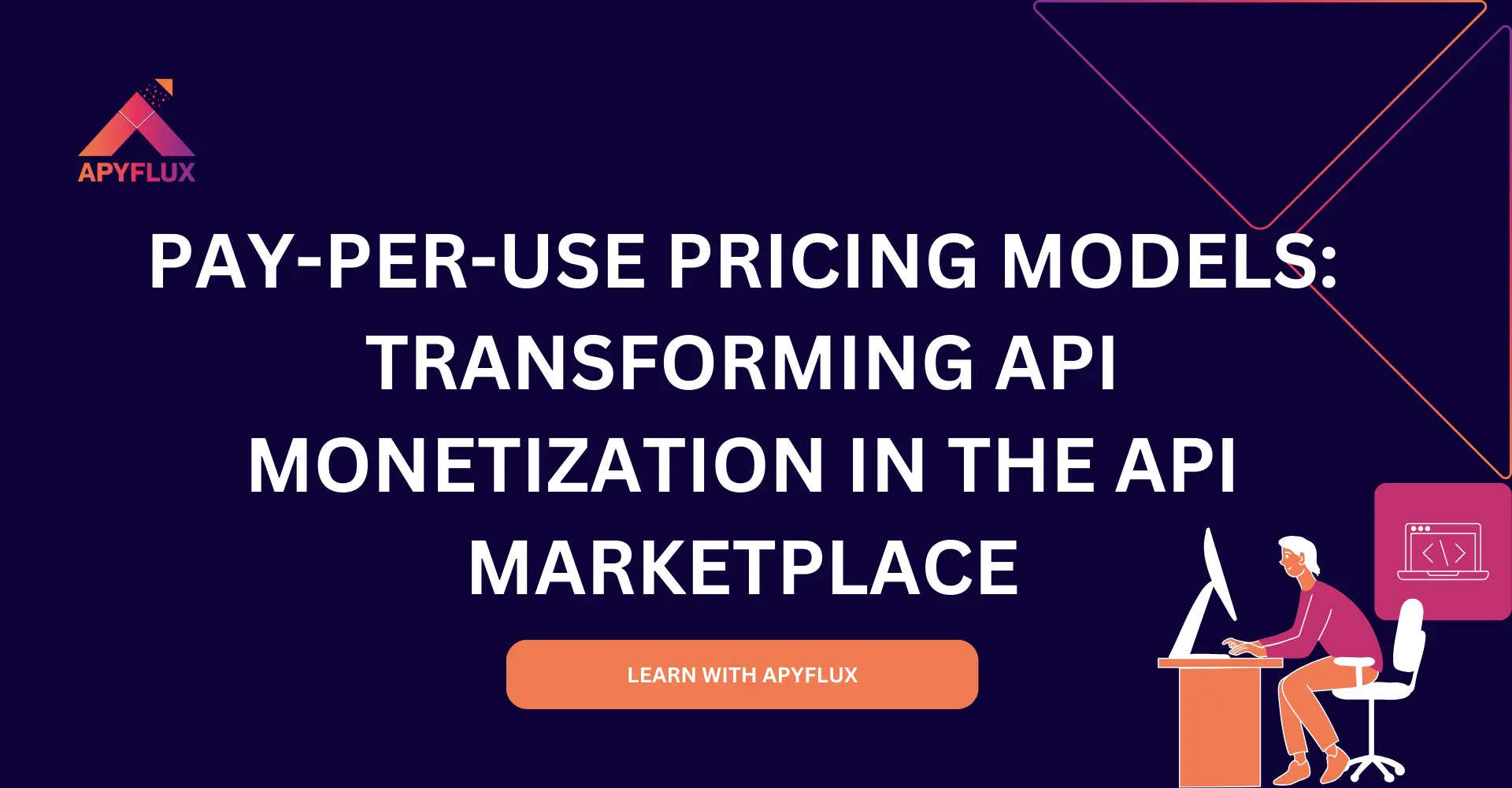
API monetization has evolved from simple subscription plans to dynamic pricing strategies that cater to diverse user needs. Among these, pay-per-use pricing models have emerged as a game-changer, particularly in an API Marketplace. They offer unparalleled flexibility and accessibility, enabling app developers and businesses to tap into APIs without committing to long-term costs.
Pay-per-use pricing models are highly relevant in industries like financial services and user verification, where demand for API functionalities may fluctuate. This blog delves into how pay-per-use APIs work, their benefits, and the industries where they thrive. Readers will gain actionable insights into designing effective pay-per-use pricing strategies and integrating them into API Marketplace ecosystems.
Pay-per-use pricing models allow users to pay only for the API requests or transactions they make, unlike traditional API subscription plans that charge a fixed fee regardless of usage. For instance, in the API ecosystem, platforms like Apyflux API Marketplace provide access to various APIs under a pay-per-use framework, allowing businesses and developers to integrate powerful functionalities without upfront investments or recurring charges.
Cost-efficiency: Ideal for users with unpredictable or seasonal usage patterns.
Scalability: Allows businesses to cater to fluctuating demand without rigid cost structures. Apyflux API Marketplace, for example, enables API providers to monetize their services efficiently by offering flexible pricing options tailored to different user segments.
Financial APIs: These provide transaction data or market analytics on-demand, making them vital for fintech apps.
User Verification APIs: Offer identity checks per request, suitable for e-commerce platforms handling sporadic customer verification needs.
Platforms like Apyflux API Marketplace play a crucial role in making APIs more accessible by offering flexible, consumption-based pricing.
For API providers, pay-per-use pricing aligns perfectly with strategies to attract a broader user base in an API Marketplace.
Key Advantages:
Broad Accessibility: Attracts app developers who require short-term or specific functionality without hefty commitments.
Monetization Opportunities: Especially effective for high-demand, low-frequency APIs such as financial and user verification APIs.
Enhanced Analytics: Enables providers to analyze user trends and refine offerings based on actual usage.
By accommodating diverse user needs, pay-per-use pricing expands an API provider's reach and revenue potential.
Industries leveraging pay-per-use models reap immense benefits in cost and scalability. Here's a closer look at their applications:
Financial APIs: Offer real-time transaction data for payment integrations and fintech apps. Ideal for companies needing precise but limited datasets.
User Verification APIs: Provide identity validation for recruitment platforms or e-commerce sites. These APIs are indispensable for secure operations but don't require constant use.
Public Data APIs: Deliver climate data, geolocation services, or government-related datasets per request.
Developer Benefits:
Reduced Upfront Costs: App developers can explore functionalities without committing to long-term subscriptions.
Freedom to Test: Developers can experiment with multiple APIs under flexible pay-per-use models, fostering innovation.
To design successful pay-per-use APIs, providers need to focus on pricing, transparency, and documentation.
Key Considerations:
Pricing Structures: Set competitive rates per request or transaction, ensuring affordability without undermining revenue.
Usage Transparency: Build detailed reports showcasing request counts, costs incurred, and usage trends to foster user trust.
Documentation Role:
A robust documentation framework can ease adoption, including:
Clear examples of pricing calculations.
Scenarios explaining how costs are estimated, tailored to potential user needs.
Implementation Strategies:
Leverage platforms like AWS Marketplace and RapidAPI, which offer seamless integration of pay-per-use pricing into API ecosystems.
While pay-per-use APIs offer flexibility, subscription models cater to users seeking predictable costs. Striking the right balance between these methods ensures optimal monetization.
Comparison:
Pay-Per-Use: Offers flexibility, perfect for unpredictable usage patterns.
Subscription: Ensures cost predictability, ideal for consistent users.
Hybrid Model:
Combine the two strategies for maximum appeal:
Free Tier + Pay-Per-Use: Attract occasional users who may later upgrade.
Discounted Pay-Per-Use for Subscribers: Reward premium users with reduced costs per transaction.
Tips for choosing the right model depend on audience needs, API type, and usage patterns.
To maximize adoption, providers should focus on visibility, refinement, and security.
SEO Optimization:
Highlight keywords like API Marketplace, API for app developers, Financial APIs, and User Verification APIs to rank higher in marketplace listings.
Competitive Edge:
Present transparent pricing, robust documentation, and advanced analytics as key selling points.
Security Measures:
Implement API key protection, fraud prevention protocols, and clear usage restrictions to safeguard transactions.
Pay-per-use pricing models revolutionize API accessibility, making them crucial for app developers, financial services, and identity verification sectors. They ensure scalability for providers and affordability for users with fluctuating needs. Exploring hybrid models can balance flexibility and sustainability, opening new doors for API monetization.
So, why wait? Dive into pay-per-use pricing strategies and transform your API Marketplace today. The future of API monetization is here—adapt and thrive.
Hi there!
Let's help you find right APIs!